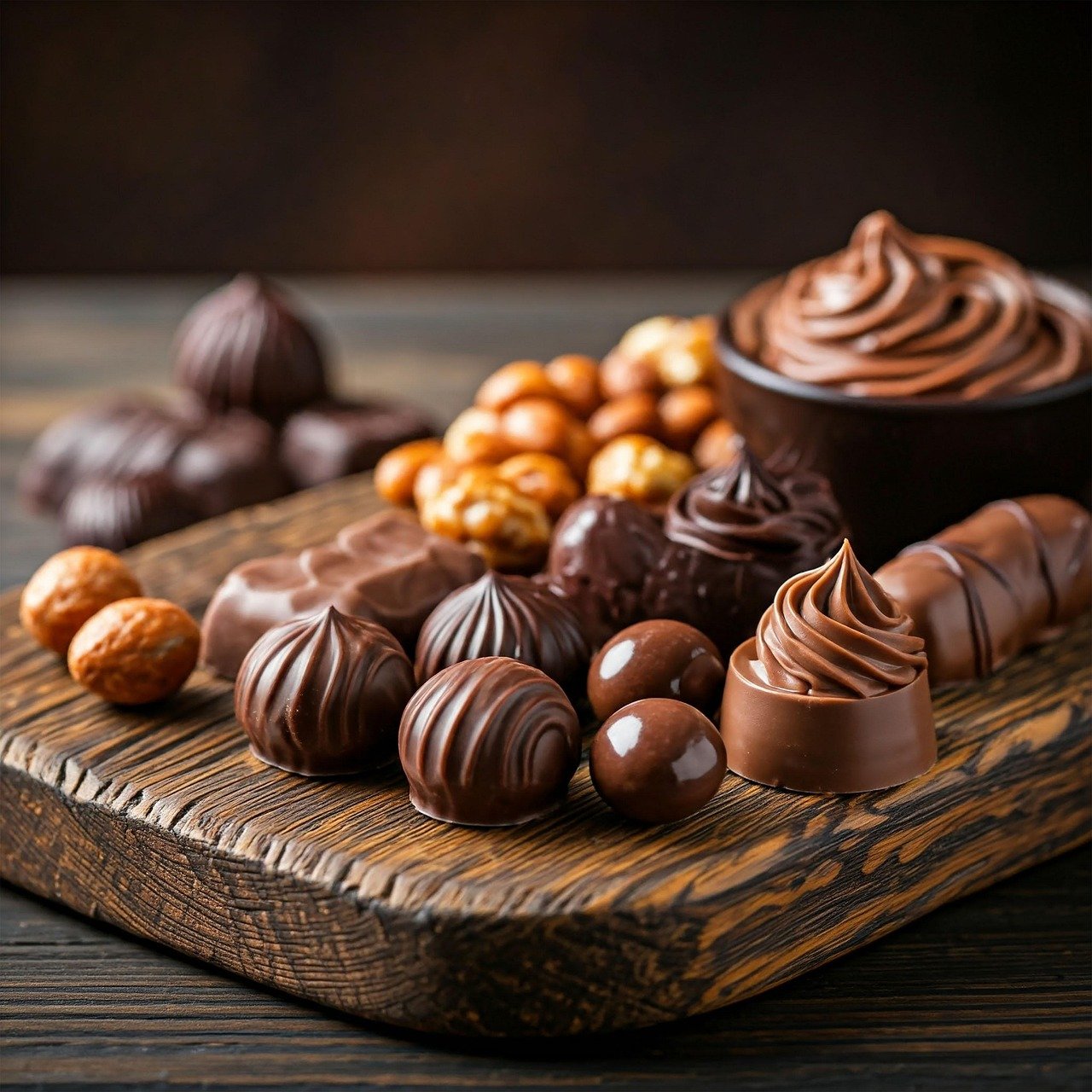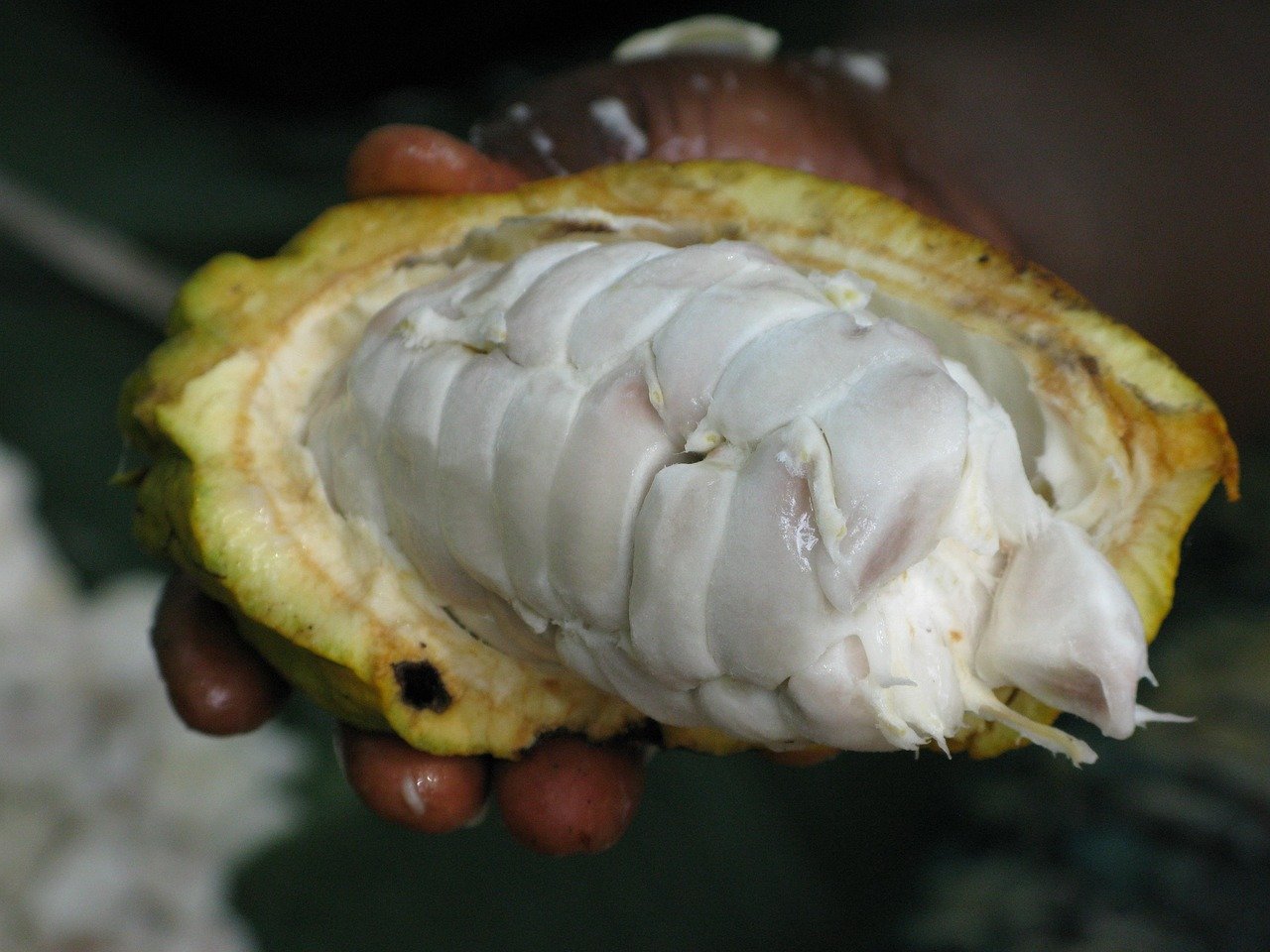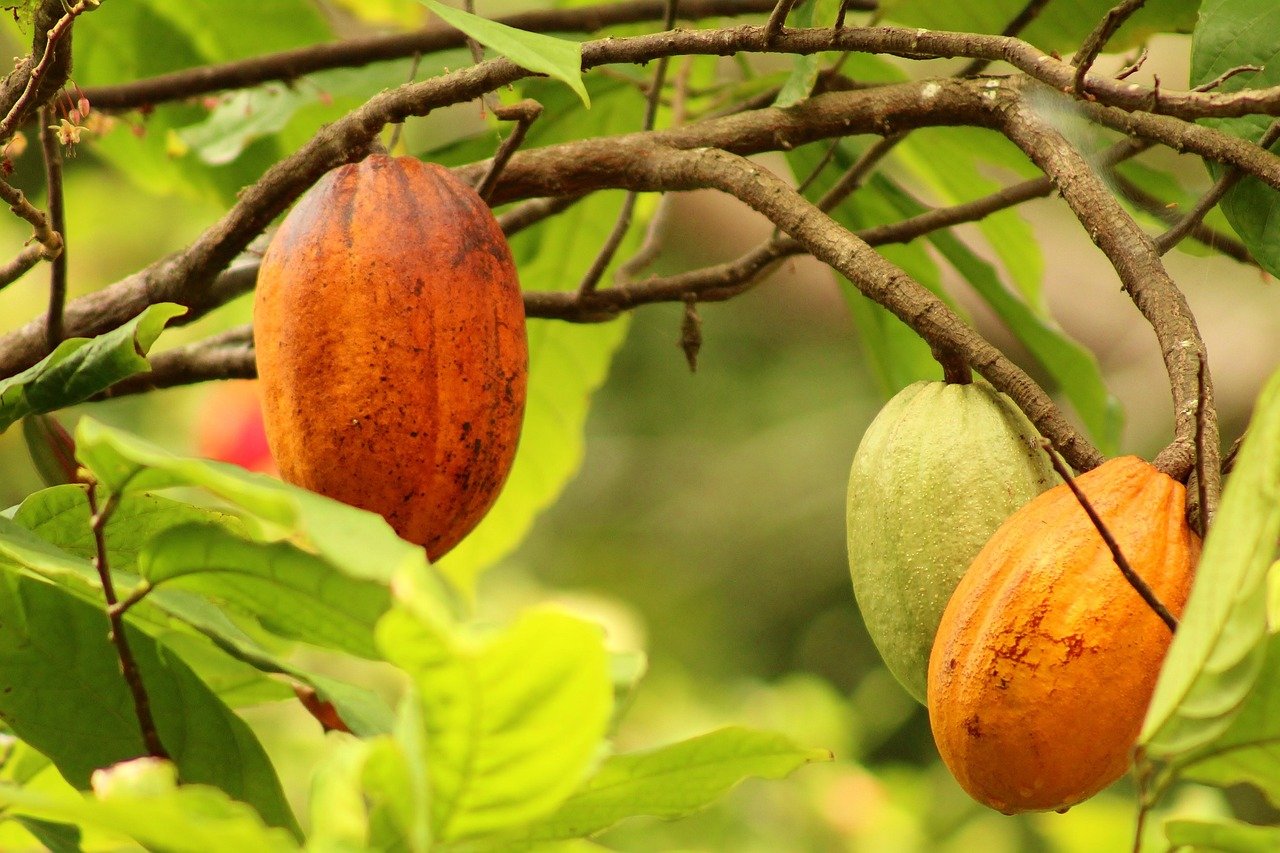Welcome to the cocoa website
The purpose of this website is to educate our readers about the history, benefits, and some interesting facts about cocoa.
Cocoa is the foundation of one of the world's most beloved treats—chocolate. But there’s more to cocoa than sweetness! On this site, you’ll learn about its rich history, health benefits, and some surprising facts.

What is cocoa?
Cocoa, highly concentrated powder made from chocolate liquor-a paste prepared from cocoa beans, the fruit of the cacao-and used in beverages and as a flavouring ingredient. Cocoa is key ingredient in chocolate and chocolate confections.
What is the cocoa bean?
The cocoa bean is the seed of the cacao tree (Theobroma cacao), a tropical plant indigenous to the equatorial regions of the Americas. From the processed cocoa bean comes the fluid paste, or liquor, from which cocoa powder and chocolate are made.

Which countries produce the most cocoa?
As of 2023, 57 countries produced cocoa beans, the main ingredient in chocolate. Ivory Coast was the largest producer of cocoa by a significant margin, with 2,377,442 tonnes produced that year. This represented 42% of the global cocoa supply, an increase from 38% the previous year.
Here is a list of the top 10 cocoa-producing countries as of 2023(Measure in Tonnes):
- Ivory Coast - 2,377,442
- Ghana - 653,700
- Indonesia - 641,741
- Ecuador - 375,719
- Brazil - 296,145
- Cameroon - 295,819
- Nigeria - 284,232
- Peru - 166,709
- Dominican Republic - 65,930
- Colombia - 59,831
Why is cocoa important in global trade?
The cocoa industry plays a crucial role in shaping socio-economic dynamics, especially in developing countries. As per the World Bank, it is the livelihood source for over 5 million farming families in West Africa.
In nations like Ivory Coast and Ghana, cocoa significantly contributes to GDP and holds immense potential as a catalyst for economic development. Under the right conditions – which includes fair trade, equitable supply chains, and sustainable farming practices – cocoa cultivation can boost income for farmers, stimulate local economic activity, and promote regional development.
In conclusion, the Global Cocoa Agenda has the power to shape not only the fate of chocolate lovers around the world, but also the future of millions dependent on the cocoa industry. It is a testament to our interconnected world – a world we can make sweeter through dialogue, innovation, and shared commitment.
What is fair tarde cocoa?
Fair trade cocoa is an agricultural product harvested from a cocoa tree using a certified process which is followed by cocoa farmers, buyers, and chocolate manufacturers, and is designed to create sustainable incomes for farmers and their families. Companies that use fair trade certified cocoa to create products can advertise that they are contributing to social, economic, and environmental sustainability in agriculture.

What is the difference between Dark, Milk, and White Chocolate?
Chocolate comes in different varieties based on its cocoa content and added ingredients. Dark chocolate is rich in cocoa solids and contains no milk, giving it a bold, less sweet flavor. Milk chocolate has less cocoa but includes milk, making it creamier and sweeter. White chocolate contains no cocoa solids at all, only cocoa butter, sugar, and milk, which gives it its light color and smooth, sweet taste.
| Dark Chocolate | Milk Chocolate | White Chocolate |
|---|---|---|
| 50-90% cocoa solids No milk products.Doesn’t have a creamy texture and is less sweet | 50% cocoa solids. Contains milk product. Has a creamier texture and is sweeter than dark | 0% Cocoa Solids. White chocolate contains no cocoa solids which gives it a white/cream color |
Did you know that cocoa used to be used as currency?
Yes, the ancient Mayans and Aztecs used cocoa beans as a form of currency. They valued them so highly that they would trade them for goods and services. In fact, a turkey could be purchased for 100 cocoa beans!
For more details head over to our History section.